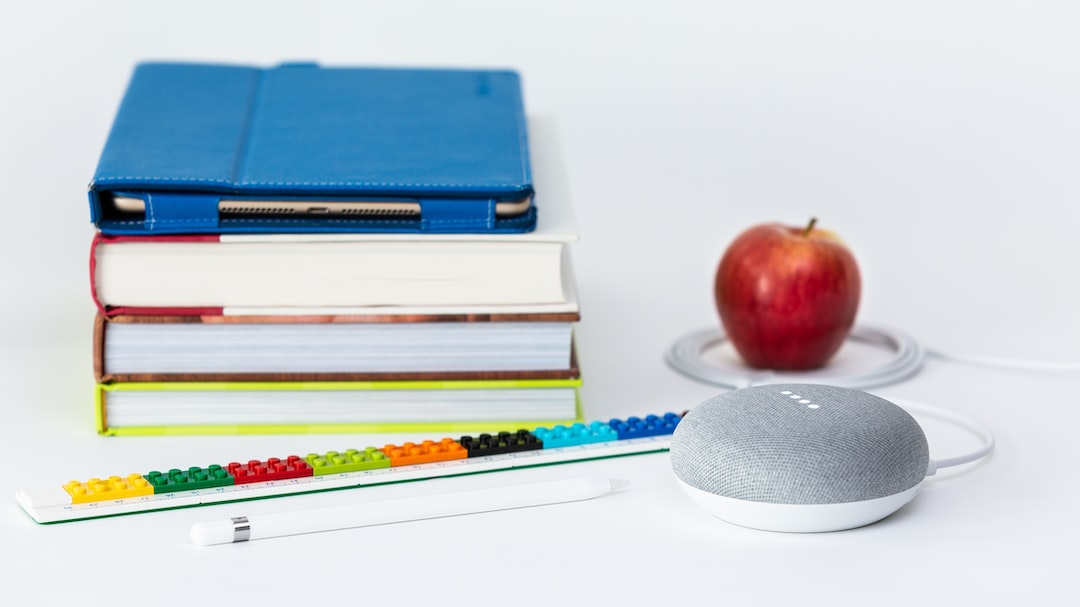The Evolution of Education: Traditional vs. Progressive Approaches
Education is a fundamental aspect of human development. It shapes our knowledge, skills, and social interactions, providing us with the tools to navigate the world around us. Over the years, education has evolved and transformed, catering to the changing needs and demands of society. Two prominent approaches that have emerged in this evolution are traditional and progressive education.
Traditional education has been the dominant form of education for centuries. It focuses on teacher-centered instruction and the transmission of knowledge from the teacher to the student. The classroom is structured around a set curriculum, with students listening and memorizing information. This approach emphasizes discipline, order, and adherence to authority.
In contrast, progressive education emerged as a response to the limitations of traditional education. This approach places greater emphasis on learner-centered instruction and the active involvement of students in the learning process. Progressive schools often encourage critical thinking, problem-solving, and creative expression. The goal is to foster independent thinking, autonomy, and a love for learning.
One of the key differences between traditional and progressive education lies in the role of the teacher. In traditional education, teachers are seen as authority figures, responsible for imparting knowledge and maintaining discipline in the classroom. They follow a fixed syllabus and use a didactic approach to teach. In progressive education, teachers are seen as facilitators, guiding students through a process of discovery and exploration. They encourage students to ask questions, explore their interests, and actively participate in their learning journey.
Another important distinction is the structure of and classroom dynamics. In traditional education, classrooms are often arranged in rows, with the teacher positioned at the front. Students are expected to listen attentively, take notes, and follow instructions. In progressive education, classrooms are designed to promote collaboration and interaction. Furniture is often rearranged to facilitate group work and discussions. Students are encouraged to engage in hands-on activities, work in teams, and explore their interests.
Assessment methods also differ significantly between traditional and progressive education. In traditional education, assessment is often based on standardized tests and grades. The focus is on evaluating the acquisition of knowledge and the ability to reproduce information. In progressive education, assessment is more diversified and may include portfolios, projects, presentations, and performances. The emphasis is on demonstrating skills, problem-solving abilities, and creative thinking.
Both traditional and progressive education have their strengths and limitations. Traditional education is often associated with discipline, order, and a strong foundation in basic knowledge and skills. It instills values such as respect for authority, obedience, and a sense of responsibility. However, criticism of this approach argues that it may stifle creativity, critical thinking, and individuality.
On the other hand, progressive education is applauded for its focus on student autonomy, critical thinking, and creativity. It encourages active participation, curiosity, and the development of problem-solving skills. However, some critics argue that it may lack structure, fail to provide a strong academic foundation, and lead to an overemphasis on student preferences rather than essential knowledge and skills.
In recent years, there has been a growing recognition of the need to find a balance between these two approaches. Many educators have realized that neither extreme is entirely effective in preparing students for the complexities of the modern world. It is essential to combine the discipline and structure of traditional education with the flexibility and creativity of progressive education.
The evolution of education is ongoing, as society continues to change and develop. Both traditional and progressive approaches have valuable contributions to offer. By combining their strengths and addressing their limitations, educators can create a more balanced and holistic learning experience for students. Ultimately, the goal is to equip students with the skills, knowledge, and mindset they need to thrive in the ever-changing landscape of the future.


